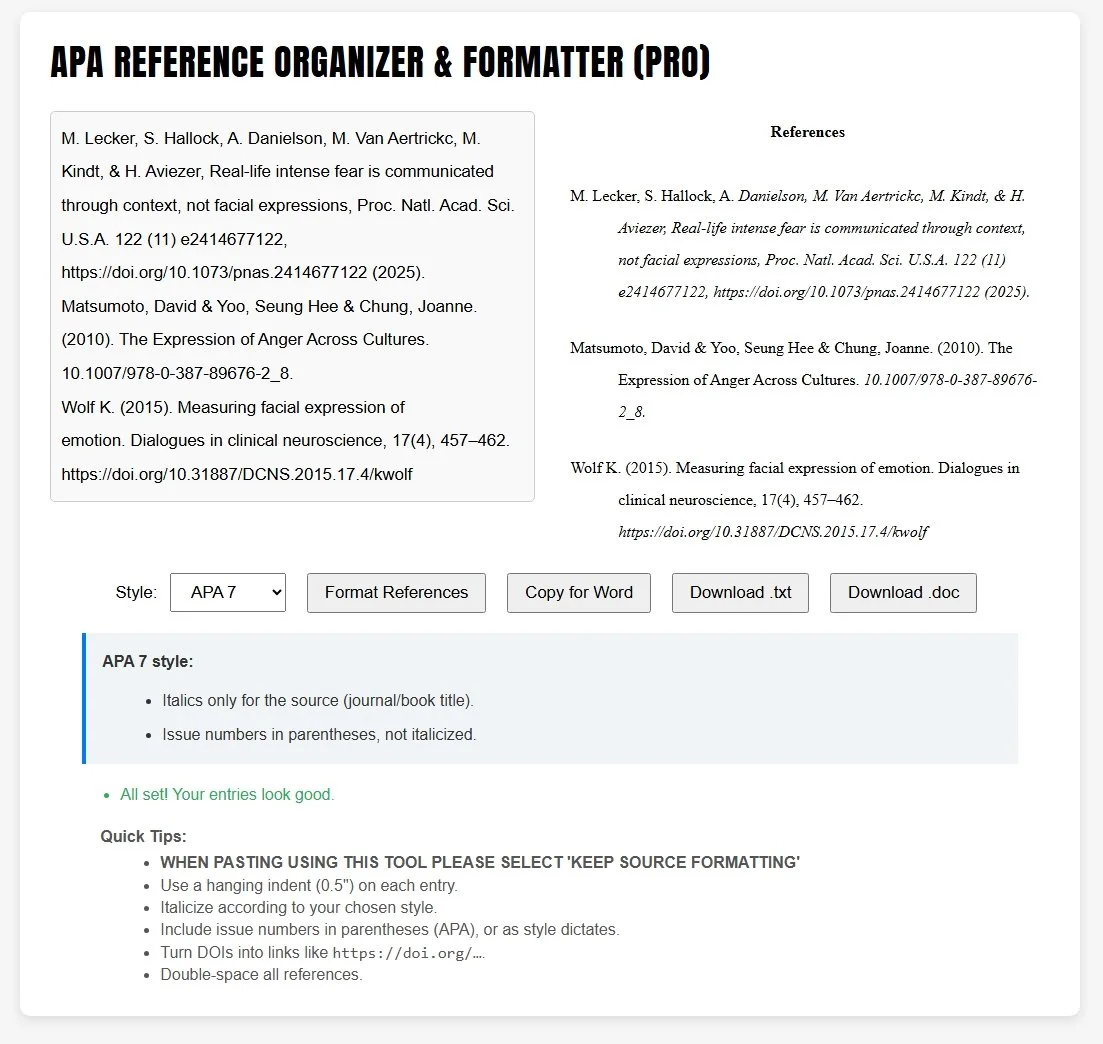Understanding Marking Rubrics: How to Decode What Your Lecturer Actually Wants
Every university student is familiar with the moment: you’ve submitted an essay or report that you worked hard on, waited days or weeks for the result, and finally opened the feedback—only to find you’re unsure why the mark is what it is. You may have felt confident, even proud, but the grade doesn’t quite align with your expectations. When you ask classmates, many describe the same confusion. The common thread beneath most of these experiences is a simple truth: students often write without fully understanding the tool lecturers use to assess their work—the marking rubric.
Rubrics are far more than administrative checklists. They are maps of academic expectations, attempts to make assessment transparent, and guides that show what “good,” “very good,” and “excellent” really mean in the context of university work. Yet many students overlook them, skim them, or only read them once the assignment is done. When you learn to decode rubrics, you gain insight into how lecturers think, how they evaluate critical thinking, and ultimately, how to position your work for higher marks. Understanding a rubric is not about guessing what the marker wants; it is about understanding the standards of academic communication itself.
Why Rubrics Exist and What They Are Designed to Do
Universities rely on rubrics because they help ensure fairness, consistency, and clarity. Without a structured system, two markers could interpret the same essay very differently, and students would understandably question the reliability of assessment. Rubrics reduce that risk by outlining the criteria that matter most—such as structure, argumentation, research quality, critical analysis, and referencing—and describing what performance looks like across different grade levels.
This approach is grounded in the principles of transparent assessment, which emphasise that students learn best when they understand what they are working toward (Sadler, 2002). A well-designed rubric tells you not only what to do, but how well you need to do it to achieve different levels of success. Far from being bureaucratic paperwork, it is one of the most useful learning tools available to you.
Reading Between the Lines: What Rubrics Reveal About Academic Expectations
Most rubrics use similar language: words like “analyse,” “evaluate,” “synthesise,” “integrate,” or “critically discuss.” These are not interchangeable; each verb signals a different level of cognitive demand.
“Describe,” for example, asks for basic understanding. “Analyse” requires breaking an idea apart to explore relationships. “Evaluate” requires a judgement, supported by evidence. “Synthesis” asks you to combine ideas into something new. When a rubric places heavier weighting on analysis or evaluation, it is telling you that your assignment is not simply about demonstrating knowledge but about interpreting that knowledge actively.
For psychology students, this is especially important. The discipline values not just the memorisation of theories or research findings, but the ability to connect them, question them, and apply them appropriately. Rubrics often reveal this emphasis long before you begin writing.
The Hidden Structure: How Rubrics Shape the Flow of Your Work
Students often write essays chronologically—they move from introduction to conclusion in the order that feels most natural. Rubrics, however, outline the structure your lecturer expects to see. Many criteria overlap with key components of a well-constructed essay: a clear argument, well-supported evidence, accurate use of theory, coherent organisation, and strong communication.
If a rubric assigns significant marks to argumentation or critical analysis, this is a signal that description alone will not earn high grades. If referencing or research quality carries substantial weight, then your choice of sources—and how you use them—must be deliberate. If structure is assessed, then clarity, coherence, and logical progression become essential, not optional.
Students who write with one eye on the rubric tend to produce more focused, aligned work. Instead of hoping their assignment “lands well” with the marker, they design it around explicit criteria.
Understanding the Language of Quality Levels
Rubrics usually break performance into several bands—often labelled “pass,” “merit,” “distinction,” or similar categories. Though the wording varies across institutions, the shift from one band to the next typically reflects changes in depth, precision, and independence of thought.
A “pass” might show understanding but little analysis. A “merit” might demonstrate analysis but limited synthesis. A “distinction” usually reflects sophisticated reasoning, integration of multiple perspectives, and strong justification of arguments.
If two students submit essays that both describe research well, but only one explains why that research matters and how it supports the argument, the second is more likely to fall into the distinction category. Rubrics capture this difference with phrases such as “clear justification,” “insightful evaluation,” or “nuanced interpretation.” These nuances, though easily overlooked, separate good work from excellent work.
The Role of Evidence: What Rubrics Expect from Research
Rubrics consistently reward effective use of evidence. This does not simply mean citing many sources. High-level work uses sources strategically—selecting appropriate research, explaining it concisely, and linking it to the central argument.
Many students fall into the trap of padding their work with multiple studies, assuming quantity equates to quality. Rubrics, however, emphasise relevance, integration, and critical engagement. They reward students who compare theories, present conflicting studies, or acknowledge methodological limitations. This level of engagement demonstrates genuine understanding and aligns closely with academic expectations of critical reading.
For psychology students, this means not only summarising a study but situating it within broader debates, considering sample limitations, or discussing implications for practice. When rubrics mention “critical use of evidence,” this is what they mean.
Feedback Through the Lens of the Rubric
Students often read feedback in isolation, focusing on individual comments rather than on the overall pattern. When feedback is interpreted alongside the rubric, however, it becomes clearer and more actionable. Comments such as “needs more depth,” “argument unclear,” or “more critical discussion required” point directly to specific rubric criteria.
If your feedback repeatedly references the same criterion—for example, structure or analysis—it is likely the area where focusing your efforts will yield the greatest improvement. Rubrics are therefore not just assessment tools but diagnostic tools. They help identify strengths and weaknesses, guiding your development across modules and academic years.
Studies have shown that students who actively use rubrics during drafting and revision tend to improve more rapidly than those who rely solely on post-submission feedback (Jonsson & Svingby, 2007). The rubric becomes a companion, not an afterthought.
Reverse-Engineering High Grades
One of the most powerful ways to use a rubric is to work backwards. Before you draft your introduction, read the highest performance band for each criterion and ask yourself what your essay would need to look like to satisfy those descriptors. This approach shifts your mindset from completing a task to meeting a standard.
When students reverse-engineer assignments in this way, their writing becomes more purposeful. They make decisions—about structure, evidence, argumentation, or examples—with clear criteria in mind. This mirrors how professionals work: they begin by understanding expectations, then design their output accordingly.
Why Lecturers Emphasise Rubrics (Even If Students Don’t)
Lecturers are not trying to catch students out. Rubrics exist to make expectations visible and to reduce ambiguity. When markers use rubrics, they anchor their judgements in shared criteria, reducing the influence of personal preference. This improves the fairness and transparency of assessment across large cohorts.
But rubrics only support students who engage with them. Too often, they are treated as background documents rather than as central tools for success. Students who understand how to decode them gain a significant strategic advantage—not by gaming the system but by aligning their work with academic standards.
Conclusion
Marking rubrics are among the most valuable learning tools available to university students, yet their potential often goes untapped. They reveal what lecturers prioritise, outline what quality looks like, and provide a roadmap for developing stronger academic skills. When you learn to read them closely, patterns emerge: the emphasis on critical thinking, on well-reasoned arguments, on clarity of structure, and on evidence used with insight and precision. By writing with these criteria in mind, you not only improve your grades—you learn to communicate more effectively, think more analytically, and engage more deeply with your discipline.
Rubrics are not obstacles; they are invitations. When you engage with them fully, they become guides that help you understand not just how to succeed academically, but how to grow as a critical, thoughtful writer.
References
Moon, J. (2008). Critical Thinking: An Exploration of Theory and Practice. Routledge.










